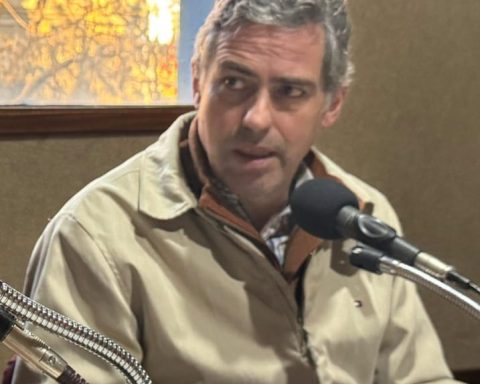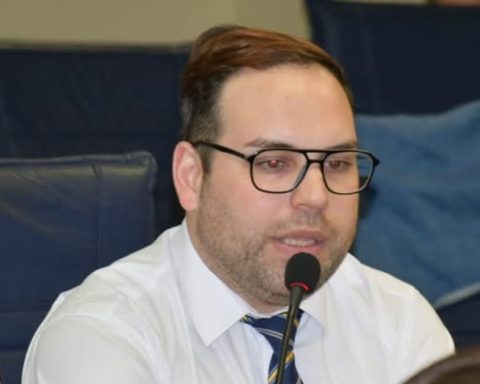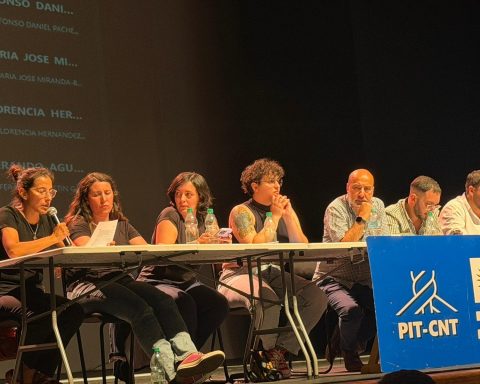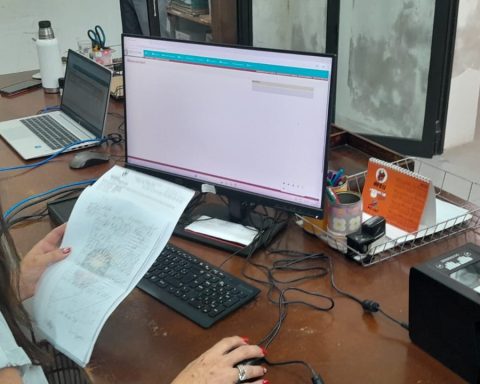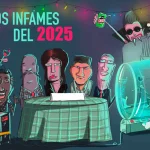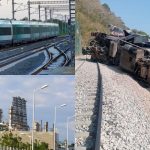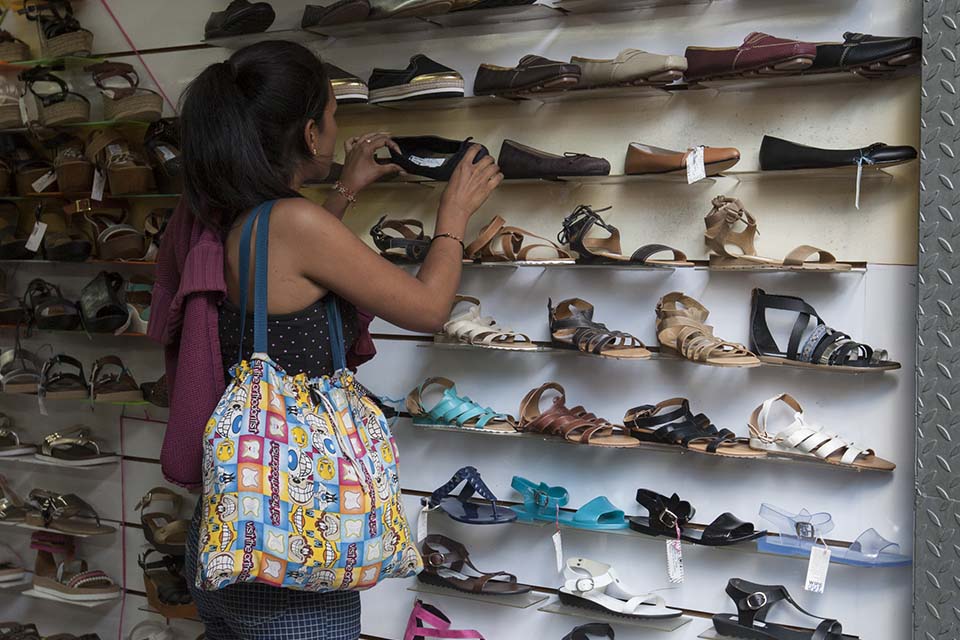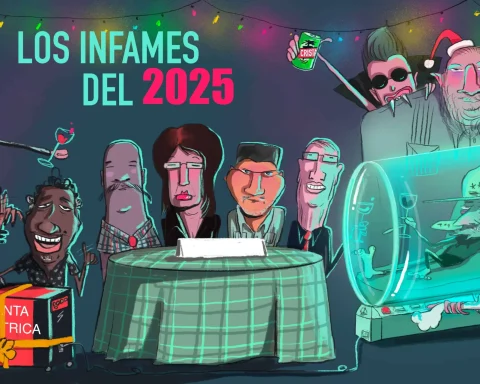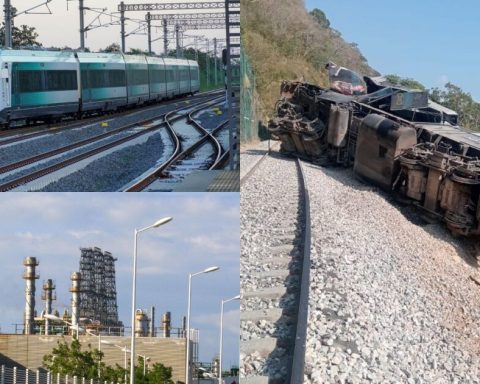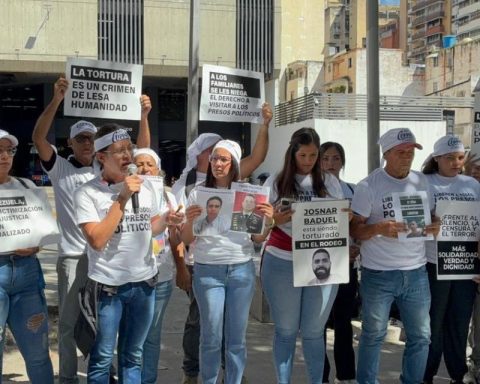UNASEV reflects a decreasing trend in accident rate figures
The National Road Safety Unit (UNASEV) presented this Friday the 21st the data on the accident rate for 2022 and the first months of 2023, which show a decreasing trend in the rate of deaths, accidents, injured people and motorcycle accidents since 2019. Awareness, education, control, decentralization and coordination are key to maintaining and improving the indicators, said the head of UNASEV.
The presentation, held in the auditorium of the Executive Tower, was made by the head of the organization, Alejandro Draper, accompanied by directors Carlos Manzor and Mauricio Viera.
Draper reported, in his speech, that, in terms of deaths, a downward trend has been maintained since 2011 and, if the figures for this year are compared with those of 2022 in the same period, there are 11% fewer. He added that, also in that period, there was a 23% decrease in motorcycle accidents, the main vehicle involved in traffic accidents.
He also explained that there is a downward trend, since 2014, in the number of people injured and, since 2019, in the rate of claims per 100,000 counts. He considered the figures very positive, especially if one takes into account the mobility index registered in the last year, of 41,270,408 vehicles at national tolls, which represents 10,500 more per day.
Regarding the types of accidents, he indicated that the most frequent is the collision between vehicles, which in 2023 fell by 13% compared to 2022. Regarding the deceased, he mentioned that 77.2% are male and the The remaining 22.8% are female, 60% die on the spot and 36% in assistance centers.
The hierarch maintained that there are several factors that affect the accidents, such as speed, improper overtaking and technological distractions. This is a pandemic and it is up to all of us to become aware of it in order to prevent and avoid it, he said.
In this sense, he highlighted the work of UNASEV in the area of prevention, road safety education, decentralization, coordination and management with the different member organizations of the National Road Safety Board: the Congress of Mayors, the National Highway Police Directorate and the ministries Public Health, Education and Culture, and Transportation and Public Works. The latter, in turn, has collaborated in control matters by installing and monitoring radars and building double lanes, third lanes and roundabouts on national routes, fundamental elements in terms of prevention, he stressed.


